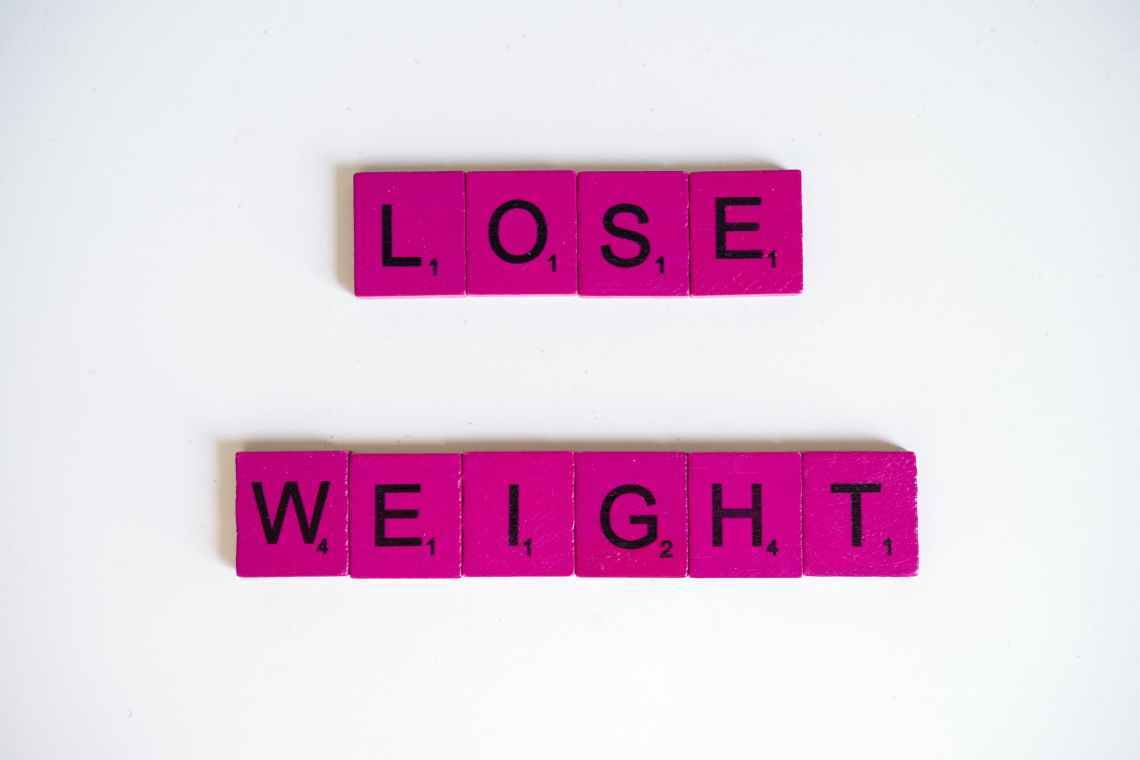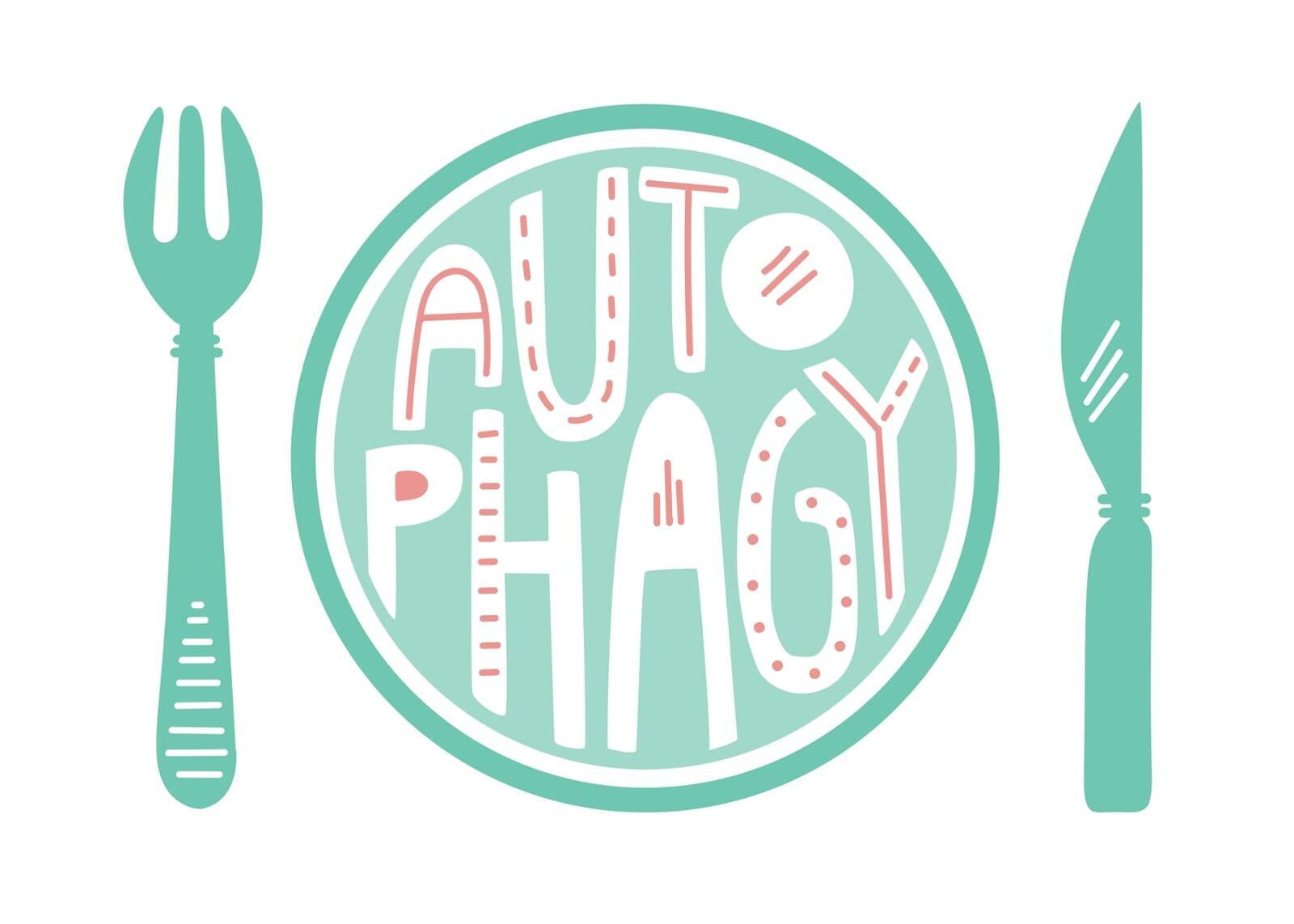“Should I try intermittent fasting?” This was the question my mom and sister recently posed to me after listening to a podcast episode which glorified the benefits of intermittent fasting (IF). The podcast host Megyn Kelly was sharing her personal experience with IF while nutrition expert and nurse practitioner, Cynthia Thurlogh explained the science behind IF.
Honestly, before I listened to this podcast episode I hadn’t given fasting much thought. The idea of being told I can’t eat during certain hours of the day or let alone an entire day did not appeal to me. And quite frankly, it still doesn’t appeal to me.
But that doesn’t change that there appears to be plenty of research that supports using IF for not only weight-loss but improved health.
That said, I wanted to see for myself--was fasting celebrity hype or was it actually grounded in science? After all, my mom and sister had already been convinced, and as the dietitian in the family I felt like I owed them an educated opinion on it, as well.
So my research began. Starting with the basic question….
What is Intermittent Fasting?
Intermittent fasting in its most basic explanation is fasting for at least 12 hours up to 24 hours at a time while taking in minimal sustenance aside from water, tea, and black coffee. Ingesting anything above 5 calories during a fast is believed to break the fast.
During non-fasting hours there are generally no rules around what you can or can’t eat aside from ensuring you eat only between certain hours.
Types of Intermittent Fasting

Here are 4 of the most popular forms of fasting to date:
The 5/2 Diet
- The 5/2 diet requires you to partially fast (that is, take in just 25% of your normal calorie intake ~ 500 calories for the entire day) for 2 consecutive or non-consecutive days a week. The other 5 days of the week you can eat normally.
Alternate Day Fasting
- Similar but more extreme than the 5/2 diet is alternate day fasting (i.e., fasting every other day). In this situation, you fast 3 or 4 days per week taking in zero or limited calories (25% of normal calorie intake) during the fasting day, and then eat normally the other days.
Time Restricted Eating/The 16:8 Diet
- One of the most popular forms of fasting due to it being the least restrictive is called time restricted eating (TRE). Time-restricted eating is a dietary approach that consolidates all calorie intake to 6- to 10-h periods during the active phase of the day, without necessarily altering diet quality and quantity.
- The 16:8 Diet is one example of TRE that has gained a significant following; it requires you fast for 16 hours then follow it with an 8 hour window of eating (hence the name, 16/8). This pattern is meant to be repeated every day. Again, there are variations to TRE in that the window of eating can span between 6 to 10 hours.
OMAD
- Finally, there is a type of fasting called OMAD which stands for one-meal-a-day; just like it sounds - you fast for the entire day with the exception of the time it takes you to eat one meal. This pattern is repeated daily.
For today’s blog post, I’m only going to be addressing time restricted eating (TRE) because the majority of research has focused on this type of fasting, and it seems to be more feasible to fast for 14 or 16 hours versus an entire day.
Time Restricted Eating (TRE) vs. Traditional Calorie Reduced Diets
One of the main benefits of using TRE, as opposed to traditional daily calorie reduction, is that with TRE there are no limitations on the types or quantities of food you need to be eating during your eating window.
Whereas with daily calorie reduction (e.g., weight-watchers, flexible dieting, basic calorie cutting) more attention is paid to reading labels, watching portion sizes, and depending on the diet completely eliminating of certain types of foods and/or macronutrients to achieve a calorie deficit or gain a metabolic advantage (Paleo, Whole30, Keto, etc)
That said, TRE is perceived to be a more simplistic method for calorie reduction because you are only paying attention to when you can eat as opposed to what you can eat.
Does Calorie Compensation/Overeating Occur with TRE?
My initial opposition toward fasting was the belief that by essentially skipping meals (most often breakfast) you’d ignore your hunger which would lead to overeating during your eating window. However, the majority of research indicates that caloric compensation does not occur with TRE.
In fact, some studies show that early TRE (when your eating window starts at 8 am as opposed to later in the day) resulted in reduced hunger and increased satiety during the day. This has not only been verified by study participants self-reports but studies have also looked at changes in hunger and satiety hormones to further validate this.
Is TRE More Effective for Weight Loss Than Traditional Diets?

The majority of short-term studies involving obese and overweight participants show that TRE reduces body weight and fat mass (1). A study involving 20 obese women assigned to TRE for 3 months, showed that on average women lost 9 pounds compared to women who were told to follow their regular eating pattern (2).
Weight loss can occur with fasting due to unintentionally eating fewer calories, plus fasting suppresses the fat storage hormone insulin. When insulin is suppressed, fat is mobilized for energy instead of carbohydrate (glucose).
Furthermore, when comparing the amount of fat lost between participants following TRE versus a traditional calorie reduced diet there is not a significant difference in total weight loss.
That said, both methods can be an effective method for achieving weight loss (4). Studies on IF have yet to prove that it is a superior method for fat loss than daily calorie reduction..
Can Fasting Accelerate Lean Muscle Mass Losses?
Some have questioned whether IF could contribute to increased lean muscle mass losses.
So far there is limited evidence to show that IF increases lean muscle mass losses more than what would normally be expected in a calorie deficit. One study explored how TRE would impact body composition changes in active females performing resistance training.
Females were placed on a slightly reduced calorie diet (-250 calories from baseline) that contained 1.6 g/kg of protein. The TRE group ate their meals between 12 pm to 8 pm and the control group ate their initial meal upon waking and self-selected times for their remaining meals.
Despite both groups being in a calorie deficit, both the TRE group and control group gained similar amounts of muscle mass and muscular performance at the end of the strength training program.
This study along with several others have shown that muscle mass is not necessarily compromised with IF when combined with strength training and an adequate protein intake (3).
Is Intermittent Fasting/Time-Restricted Eating Easy to Follow?
The question now becomes is TRE easier to adhere to than traditional calorie reduced diets? I think the answer to this question depends on who you are asking, the extent of the fasting period, and the timing of the eating window . For example, adhering to a fast like the 16: 8 diet (fast for 16 hours/eat for 8 hours) has demonstrated good compliance and overall positive attitudes about it in the research.
In a random cross-over study involving 11 overweight/obese men, the men tried both a TRE plan and a non-TRE plan at different times during the study; calories were controlled between both plans.
It turns out, men reported more positive feelings about adhering to the TRE plan (eating from 10 am to 5 pm) versus the Non-TRE plan (eating from 7 am to 9 pm)
Participants also commented that TRE helped them reduce mindless snacking, especially the consumption of excess calories at night and provided more structure to their eating habits (5).

TRE can be difficult to adhere to when it comes to social situations like dinners, happy hours, or parties occurring in the evening. It also can be problematic if the majority of the feeding window is during the work day. Eating most of your meals at work is not necessarily ideal because of the additional planning/preparation it requires. On the flip side, it could lead to making healthier choices since it requires more discipline with planning.
Consequently, many people who follow TRE prefer an eating window that starts in the later-part of the day (12 pm to 8 pm) as opposed to early TRE because it is easier to follow when it comes to managing work and family/social functions. Late TRE may also be better suited for people who aren’t typically hungry in the morning or find skipping breakfast to be fairly easy.
Does it Matter When Your Fasting Period Starts and Stops?
It turns out that early TRE (e.g., eating between 7 am and 3 pm) versus late TRE (e.g., eating between 12 and 8 pm) offers better metabolic outcomes. The reason for this is that eating earlier in the day as opposed to later in the day is more in sync with our natural circadian rhythms.
Research demonstrates insulin sensitivity and glucose uptake is generally greater in the morning than in the evening. This allows our bodies to have an easier time processing carbohydrates which leads to good blood sugar management. Similarly, our body has a heightened production of bile in the morning; bile is a substance, secreted from the gall bladder, that aids in the digestion and absorption of fatty foods.
Early TRE may provide superior metabolic outcomes over late TRE because research shows breakfast skippers are more likely to be overweight, have poor glucose tolerance, and have an increased risk of type II diabetes compared to those who don’t skip breakfast (6).
The Metabolic Benefits of Intermittent Fasting
What’s interesting about fasting is that its benefits extend beyond improvements in body composition. Even in studies where no weight-loss has occurs under TRE, many participants experience positive changes in metabolic markers.
This goes to show that you can still reap the benefits of fasting even if your goal is not weight-loss.
Regardless of changes in weight, IF has been shown to:
Reduce blood pressure
Reduce fasting insulin
Reduce triglycerides
Reduce inflammatory markers
Reduce Hemoglobin a1c (a marker of average blood glucose overtime)
Increase insulin sensitivity
Increase resting energy expenditure
Cellular Clean Up (i.e., Autophagy) with Intermittent Fasting

IF has also been shown to 'clean up' dead and damaged cells in the body. In the absence of calorie intake, fasting initiates a process called autophagy. Autophagy is where dead or damaged cells in the body are essentially recycled to be used for energy when no energy is present (like under fasting conditions).
Autophagy is believed to play an important role in the prevention of neurodegenerative diseases, cancer, and improving immunity.
One thing to note: most forms of TRE don’t ignite autophagy because the fasting period isn’t long enough. Autophagy is shown to occur only after a minimum of 24 hours (7). That said, forms of fasting like alternate day fasting or the 5/2 method may be necessary to ignite autophagy.
If extended fasting has no appeal, I don't blame you. Another way autophagy can be initiated is through regular exercise.
What to Remember about Intermittent Fasting
Intermittent fasting, specifically early time-restricted feeding may be another option for those pursuing weight-loss goals or wanting to improve their overall health. A main perk of TRE is that it doesn't require require drastically changing your eating habits as far as the types of foods you typically choose.
However, restricting food intake to certain times may be problematic and sometimes even impractical when it comes to work, family functions, and participating in social functions.
Fasting should not be a replacement for a nutritionally balanced diet. After all, your health is still largely impacted by the types of foods you choose on a daily basis.
Nonetheless, if you want to try fasting as an adjunct to an already healthy diet - your metabolic health may further improve.
Is Intermittent Fasting (IF) for You? Things to Consider When Fasting
Not everyone is a good candidate for IF. Individuals who are pregnant, nursing, young adults with higher energy needs, type I diabetics and type II (insulin-dependent) diabetics should avoid IF unless doing it under close supervision with their healthcare provider.
Additionally, those with active or past eating disorders are not good candidates for fasting; IF could trigger unhealthy levels of restriction and cause relapses.
Also, some people simply may not feel physically well while fasting. Common negative side effects of fasting include headache, fatigue, irritability, and even digestive issues.
If you find you experience any of these side effects its best to stop fasting completely or modify your approach. You can either try increasing the length of your eating window, or you change the time of day that you start and/or stop the fast. For example, if find waiting to eat until noon to be a challenge because your work day starts early or you usually exercise in the morning - it may be best to start your eating window earlier in the day. Alternatively, if you lead a very active social life and seem to be out with friends often in the evening you might prefer a later TRE.
It's also worth mentioning that you don't need to fast every day in order to reap the benefits. Adding a few days of IF in a week or few time per month may still offer benefits.
Finally, fasting isn’t a magic bullet for your health. Whether incorporating IF or not, you should still prioritize sleep, movement, stress management, and of course - eating real, whole food.
I want to hear from you: Have you tried fasting before? What was your experience with doing it?
Personally, I have yet to make intermittent fasting a part of my routine. Since learning the science around fasting, I now try to avoid eating a lot of my calories late in the evening, and I also am more conscientious about when I eat breakfast. Previously I ate breakfast first thing in the morning without even really considering whether I was hungry or not. But now I ease into my morning and wait at least an hour before eating breakfast, especially on days I work from home.
While I'm nowhere near a 16 hour fast, (more likely a 12 hour) I'm not grazing as much during the day and I consider that a win!